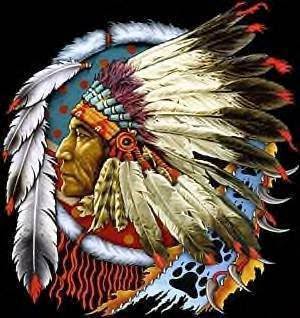04 February 2010
Indigenous Peoples Rising
Indigenous peoples in Indo-Afro-Latin America, especially Bolivia and Ecuador, are rising up to take control of their own lives and act in solidarity with others to save the planet. They are calling for new, yet ancient, practices of plurinational, participatory, and intercultural democracy.
They champion ecologically sustainable development; community-based autonomies; and solidarity with other peoples locally, regionally, and internationally – what they describe as “unity in diversity.” Their values are often different than those of the United States or Europe. One indigenous leader has stated: “We give what money we have not to banks to collect interest but to others – and their gratitude is the interest we receive.”
Fifty-five million indigenous persons, or 400 indigenous peoples, inhabit Indo-Afro-Latin America. Most reside in Mexico, Guatemala, Ecuador, Peru, and Bolivia. They reject the Europe-imposed term “Indians.” They call themselves “the native peoples” (“Ios pueblos originarios” in Spanish). They constitute 67 percent of Bolivia’s population. In Ecuador they are 40 percent, mainly in the cold highland Sierra and sweltering Amazonian tropics. They often ally with Afro-Ecuadorians along the Pacific coast, who account for 10 percent of the populace.
Spokespersons for the native peoples realize that the differences between their cosmic visions and those of Europe and the United States are part of an ongoing set of class and ideological conflicts that must be resolved if world peace and ecological balance are to be achieved. They
recognize too that they must overcome divisions in their own ranks and that their struggles necessitate solidarity with other oppressed peoples around the globe. They link up internationally, as in the case of the worldwide 87-nation “Via Campesina” so important in the World Social Forums of this century. Sensitive to the world ecological crisis, the native peoples’ movements conducted the 2008 First Interregional Summit of the Amazon, the region known as “the lungs of the planet.”
In Bolivia and Ecuador, the native peoples and their supporters are re-founding the State, “democratizing democracy,” and introducing juridical pluralism. They are playing a prominent role in popular campaigns against neo-liberal capitalist globalization and US-European interventionism. Recognized and honored in UN and ILO declarations on indigenous rights, they emphasize human and planetary rights, including the rights of Nature (“Pachamama,” or “Mother Nature,” literally “Mother Universe”). 1
The CIA has often characterized the social movements of the native peoples as a major challenge to US hegemony. Territories they occupy contain 80 percent of Latin America’s biodiversity, several important watersheds, and such valuable resources as petroleum.
Labels:
Africa,
America,
Anthropology,
CIA,
India,
Indigenous People,
South Asia
Subscribe to:
Post Comments (Atom)






































No comments:
Post a Comment